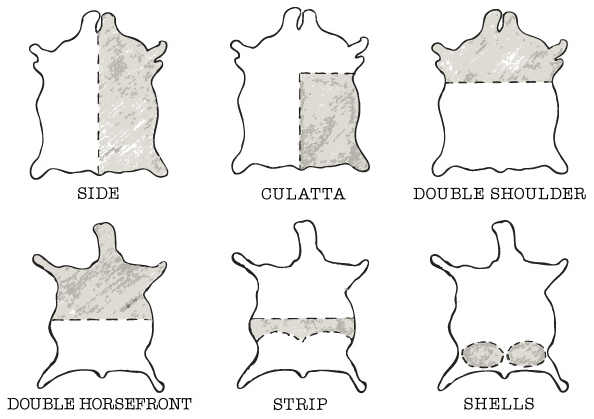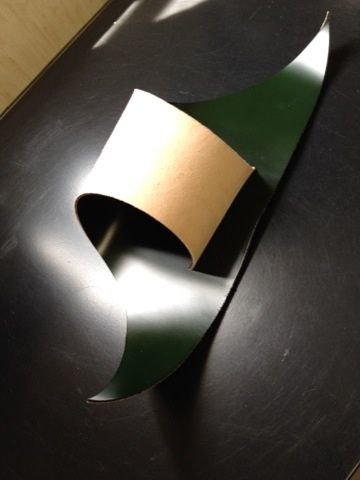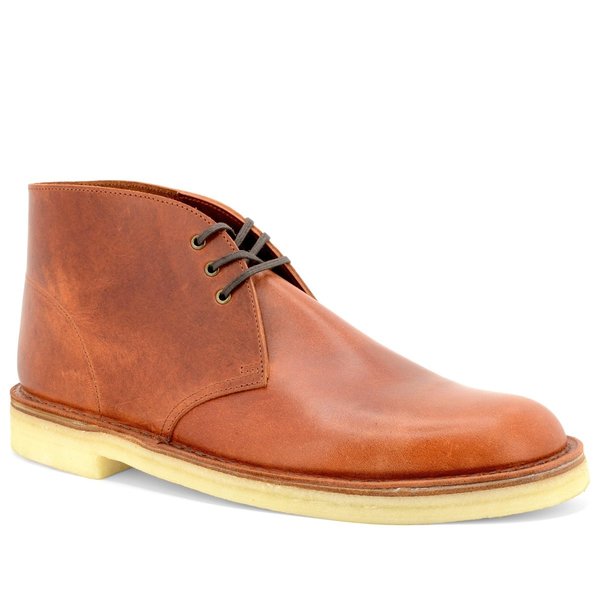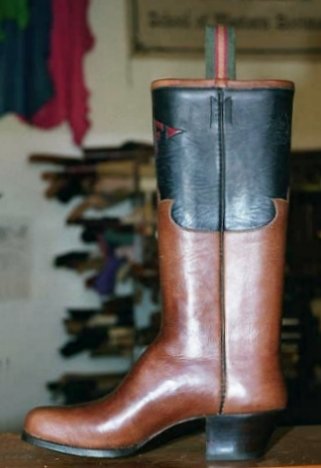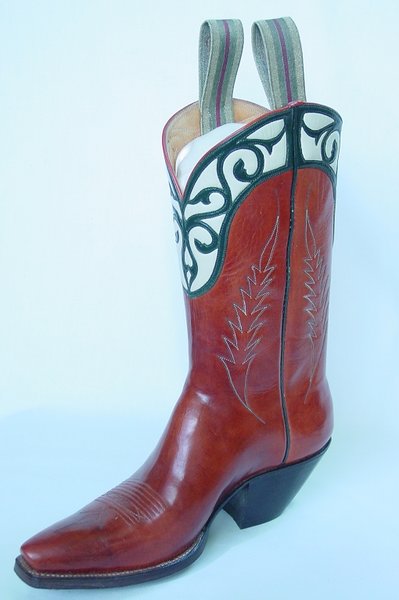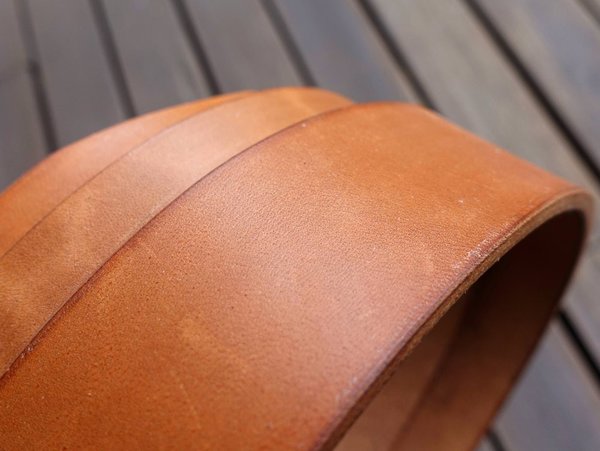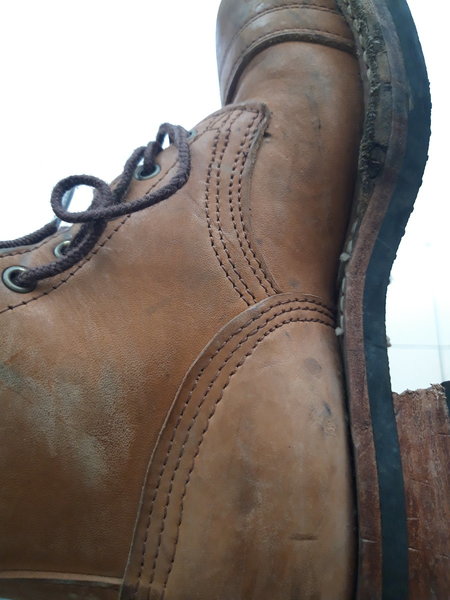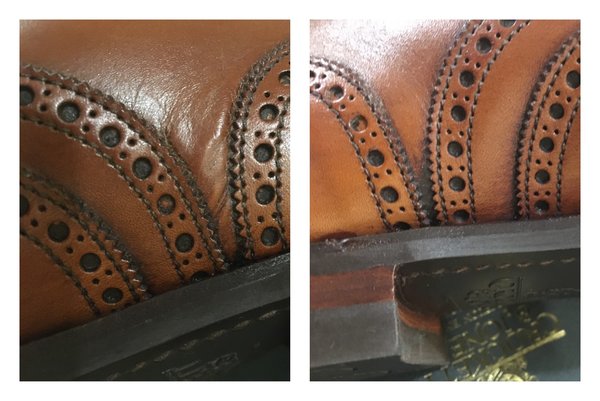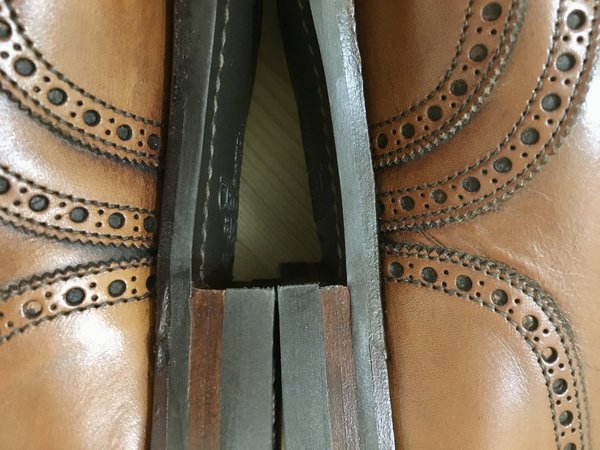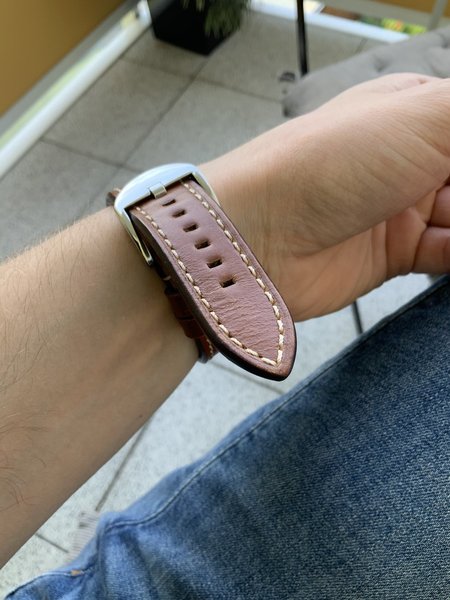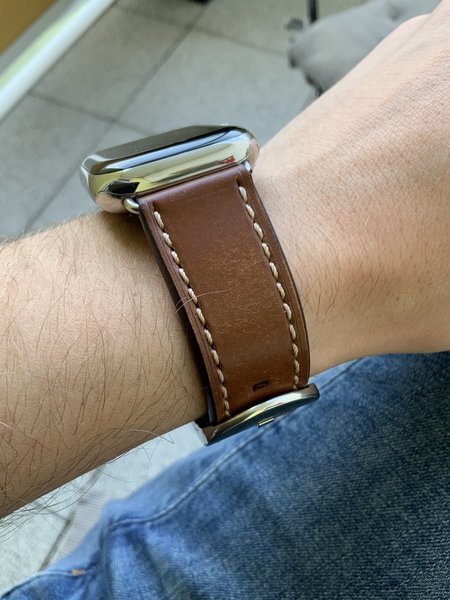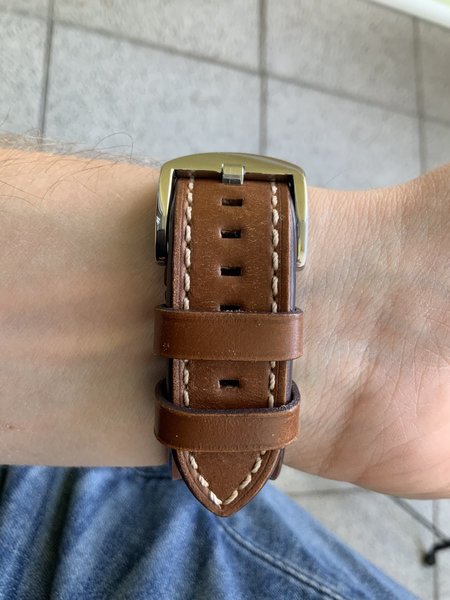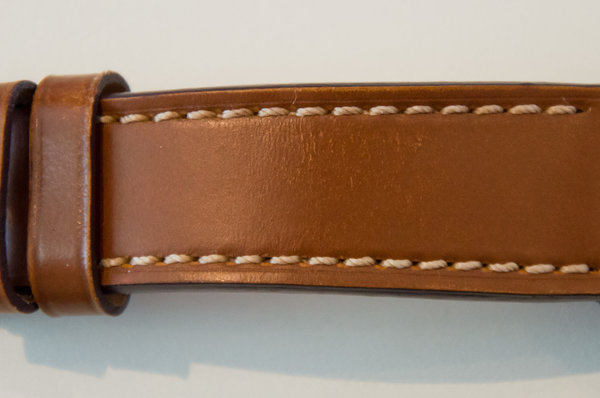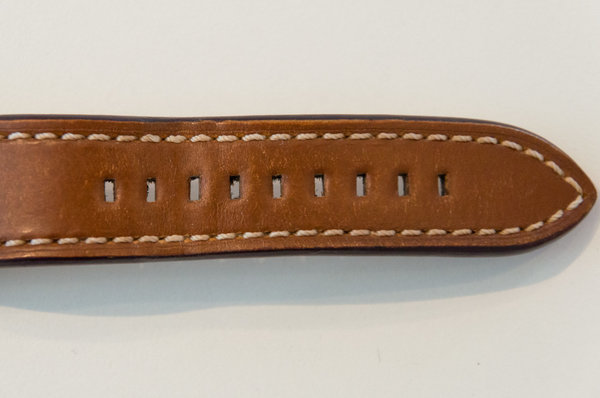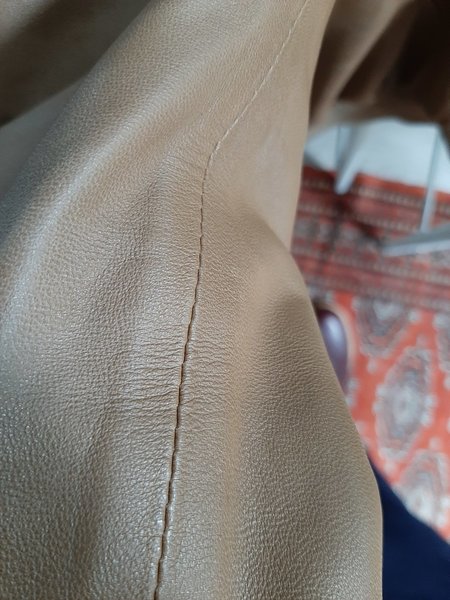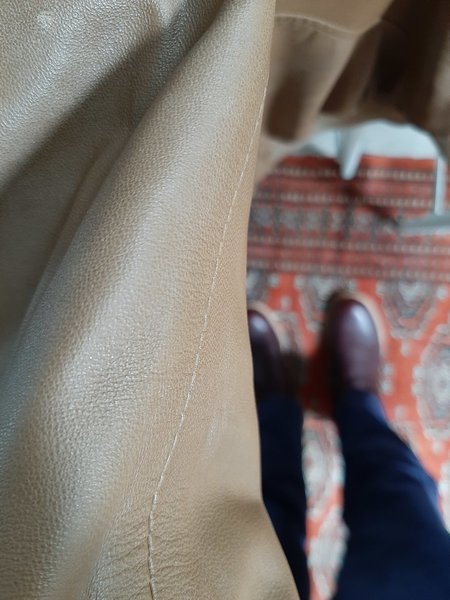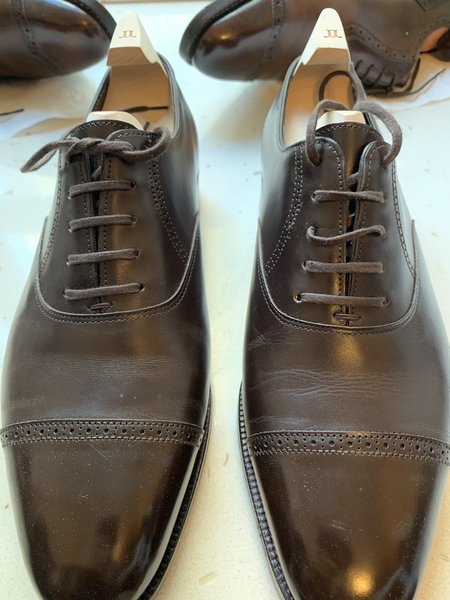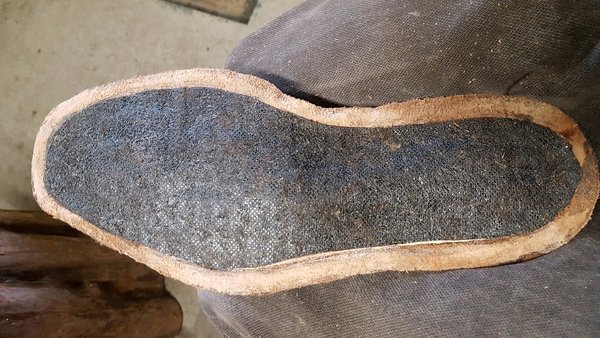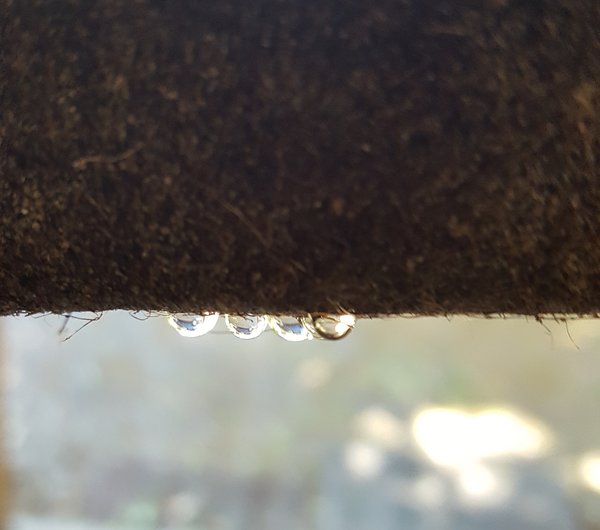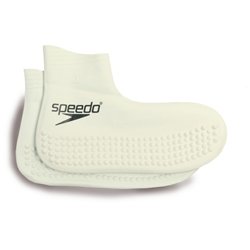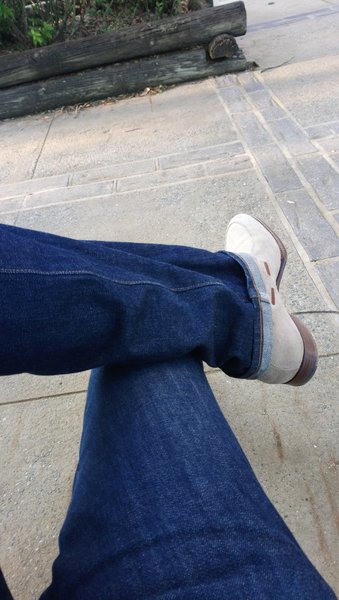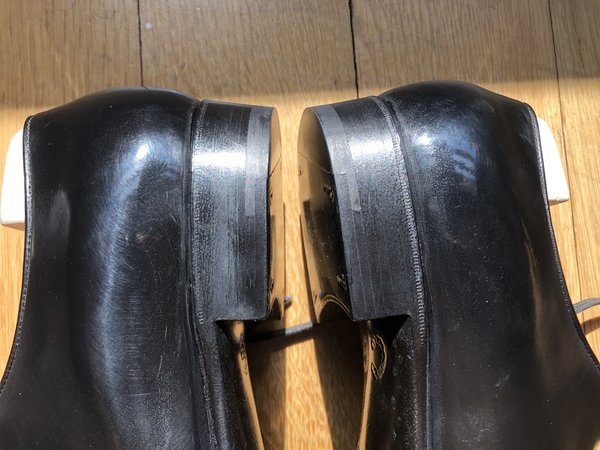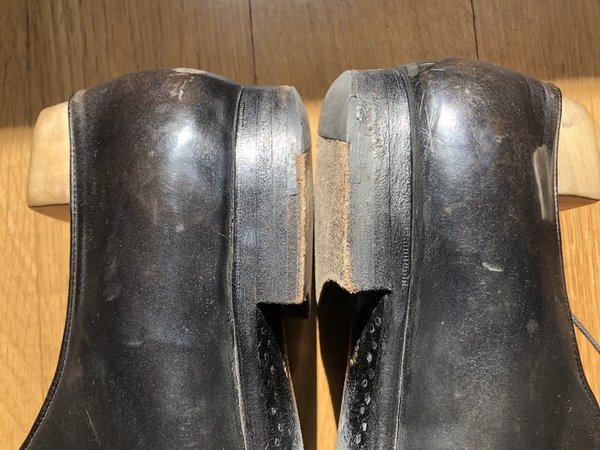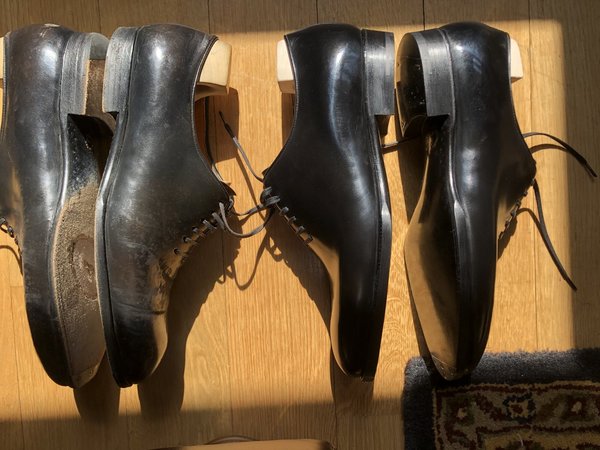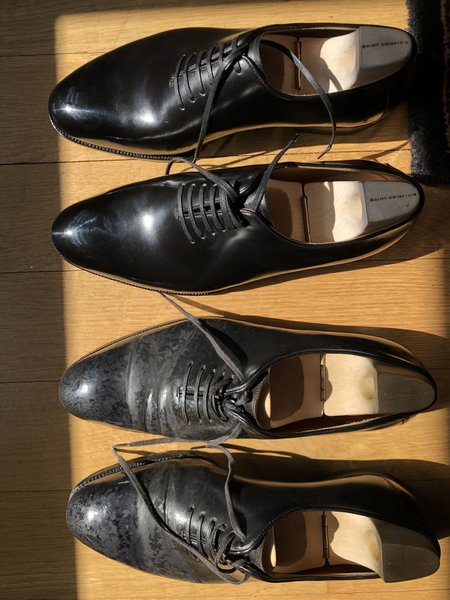I have a question regarding the use of crust leather. I have notice that many high end makers are using crust leather. That it takes hours to days to create a desired patina look.
Why go through all the work and then as soon the buyer buys this product with general use the color starts fading and leaving dust/ flakes behind. I have a patina shoes and the color is quite different now compared to when I purchased it from the shelves.
At first most patination are great to watch, it's just doesn't make sense to me after walking in them it's all gone.
Does this make sense ? Just wondering if someone can bring some sense to me why some makes take this route of hand patina as it is not permanent and ages dramatically. I am talking about shoes that starts of from
The white/off white crust leather and not the semis - crust with a aniline base like annonay vegano and betis calf etc. Those you can polish to a antique effect but still has a color base to it. They don't flake or leave dust color behind as natural crust leather.
Why go through all the work and then as soon the buyer buys this product with general use the color starts fading and leaving dust/ flakes behind. I have a patina shoes and the color is quite different now compared to when I purchased it from the shelves.
At first most patination are great to watch, it's just doesn't make sense to me after walking in them it's all gone.
Does this make sense ? Just wondering if someone can bring some sense to me why some makes take this route of hand patina as it is not permanent and ages dramatically. I am talking about shoes that starts of from
The white/off white crust leather and not the semis - crust with a aniline base like annonay vegano and betis calf etc. Those you can polish to a antique effect but still has a color base to it. They don't flake or leave dust color behind as natural crust leather.


